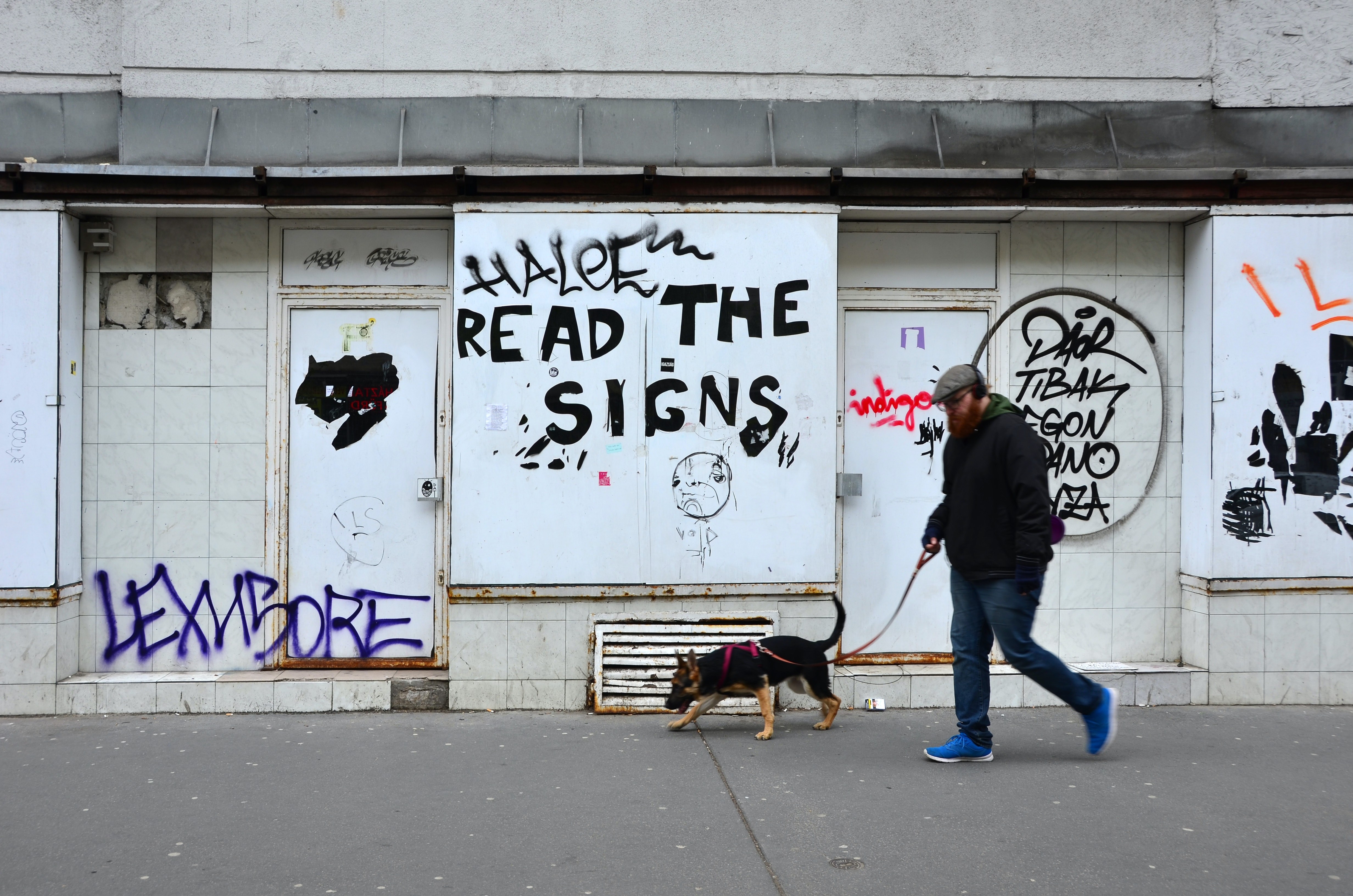

Sept 10, 2021
“Inspector Sands to the control room, please.” “Mr Skylight to number One and Two.” Epaulettes signifying rank or role. Prison tattoos that convey membership or criminal deeds.
These are all examples of communicating information, signifying membership or directing action through shared code to others in the know. Others in your network or community.
Language is one of the five core principles of community. Language can create shared points of reference, signals and codes to connect and communicate within a community.
From oppression to empowerment, shared signals have a rich and fascinating history. They can communicate hidden languages, function as propaganda or distinguish one person’s preference from another’s. From queer plants to the yellow Star of David, they are a way of imposing or expressing beliefs, identity or preference before we have even spoken.
Marginalised communities have often found innovative ways of using shared signals for resistance and preservation. For many Black communities, hairstyles have long been a means to communicate beyond language. While they originally signified familial lineage, they were later used to depict escape routes from plantations and then again as a way of protesting against discriminatory practices linked to natural afro hair.
However, signals and language can often have multiple meanings and interpretations, and can move quickly from signifiers of unity to division. The pussyhat shifted from revolutionary to exclusionary; the pink triangle, once an oppressive Nazi identifier, was reclaimed by the LGBTQ+ community as a symbol of empowerment and solidarity; Pepe the Frog became a symbol of far-right extremism after its debut as an innocent cartoon, and in Gen Z slang the term ‘simp’, previously used by incel groups to describe men who ‘surrender their masculinity’ to women, now refers to Gen Z crushes.


From ribbons, wristbands, and wearable merch, to unifying behind a single colour (red, blue, yellow, or pink to name just a few). The charity sector is no stranger to leveraging shared signals and symbols to bring together a community of people united behind a cause.
But in a space that moves so quickly, there will be times when we don’t even realise that we are communicating, or being communicated to, in code. These cultural blindspots can sometimes mean that others are inadvertently excluded or oppressed by the language we use. Or when some use virtue signalling to replace real action.
When used respectfully and with intent, shared signals can be a powerful tool for change, for inclusion. They can give a voice to the marginalised and a platform to be heard. They can create a safe medium for connection, when action or language is banned or illegal. Shared signals can build community.




We’ve created a workshop toolkit, complete with session plan, templates and stimulus, to help you dive deeper into shared signals and explore the opportunity to leverage visual identifiers to build community.
Click here to download the toolkit.
Shared signals and visual identifiers have a big role in building community around flag days. They can act as ways to show participation, communicate preference, connect with others or invite action. How can you use your existing assets to reinvent flag days? How could these visual assets or language translate into new online spaces and what could you do differently? We'll be covering online communities as part of Life Online in the coming weeks.
Part of what makes shared signals interesting is how they evolve and change through use. By giving agency to community members to build shared language and connection in community you can invite creative activism into your cause. But consider where the boundaries are for inviting action and co-creation? We recommend running a rope of scope exercise to explore cross-organisation boundaries and challenges to activism. How could people get involved? How could this differ between staff and supporters? What stops collection activism currently in your organisation?